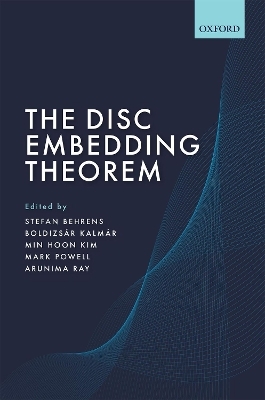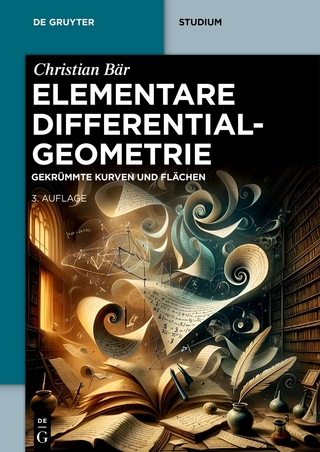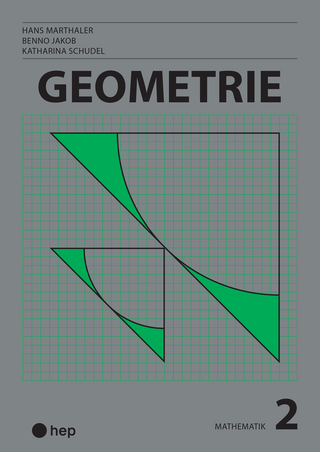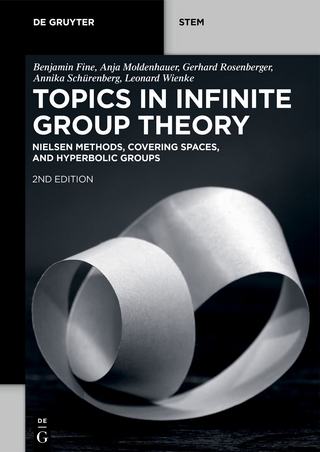
The Disc Embedding Theorem
Oxford University Press (Verlag)
978-0-19-884131-9 (ISBN)
The Disc Embedding Theorem contains the first thorough and approachable exposition of Freedman's proof of the disc embedding theorem, with many new details. A self-contained account of decomposition space theory, a beautiful but outmoded branch of topology that produces non-differentiable homeomorphisms between manifolds, is provided, as well as a stand-alone interlude that explains the disc embedding theorem's key role in all known homeomorphism classifications of 4-manifolds via surgery theory and the s-cobordism theorem. Additionally, the ramifications of the disc embedding theorem within the study of topological 4-manifolds, for example Frank Quinn's development of fundamental tools like transversality are broadly described.
The book is written for mathematicians, within the subfield of topology, specifically interested in the study of 4-dimensional spaces, and includes numerous professionally rendered figures.
Dr Stefan Behrens is an assistant professor in the Geometry and Topology group led by Prof. Dr. Stefan Bauer. His field of research is low dimensional topology, with a focus on the topology of smooth 4-manifolds. Boldizsar Kalmar was a research assistant at the Alfred Renyi Institute of Mathematics in 2005, then he got his PhD at Kyushu University in Japan in 2008. Then he did research at the Alfred Renyi Institute of Mathematics until 2017. He visited the Max Planck Institute for Mathematics in 2013. His research field is the topology of singular maps and low dimensional topology. Dr Mark Powell obtained his PhD from the University of Edinburgh under the supervision of Andrew Ranicki in 2011. After positions at Indiana University, the Max Planck Institute in Bonn, and at UQAM in Montreal, he moved to Durham University in 2017 to take up a position as Associate Professor. Dr Arunima Ray received a PhD in mathematics from Rice University, in Houston, USA in 2014 and subsequently held a postdoctoral fellowship at Brandeis University at Waltham, USA. She is currently a Lise Meitner group leader at the Max Planck Institute for Mathematics in Bonn, Germany. Her research is in low-dimensional topology, specifically the study of knots and links, and 3- and 4-manifolds.
Preface
1: Context for the disc embedding theorem
2: Outline of the upcoming proof
Part 1: Decomposition space theory
3: The Schoenflies theorem after Mazur, Morse, and Brown
4: Decomposition space theory and the Bing shrinking criterion
5: The Alexander gored ball and the Bing decomposition
6: A decomposition that does not shrink
7: The Whitehead decomposition
8: Mixed Bing-Whitehead decompositions
9: Shrinking starlike sets
10: The ball to ball theorem
Part II: Building skyscrapers
11: Intersection numbers and the statement of the disc embedding theorem
12: Gropes, towers, and skyscrapers
13: Picture camp
14: Architecture of infinite towers and skyscrapers
15: Basic geometric constructions
16: From immersed discs to capped gropes
17: Grope height raising and 1-storey capped towers
18: Tower height raising and embedding
Part III: Interlude
19: Good groups
20: The s-cobordism theorem, the sphere embedding theorem, and the Poincaré conjecture
21: The development of topological 4-manifold theory
22: Surgery theory and the classification of closed, simply connected 4-manifolds
23: Open problems
Part IV: Skyscrapers are standard
24: Replicable rooms and boundary shrinkable skyscrapers
25: The collar adding lemma
26: Key facts about skyscrapers and decomposition space theory
27: Skyscrapers are standard: an overview
28: Skyscrapers are standard: the details
Bibliography
Afterword
Index
| Erscheinungsdatum | 03.09.2021 |
|---|---|
| Zusatzinfo | 220 |
| Verlagsort | Oxford |
| Sprache | englisch |
| Maße | 160 x 243 mm |
| Gewicht | 944 g |
| Themenwelt | Mathematik / Informatik ► Mathematik ► Geometrie / Topologie |
| Naturwissenschaften ► Physik / Astronomie | |
| ISBN-10 | 0-19-884131-0 / 0198841310 |
| ISBN-13 | 978-0-19-884131-9 / 9780198841319 |
| Zustand | Neuware |
| Haben Sie eine Frage zum Produkt? |
aus dem Bereich


